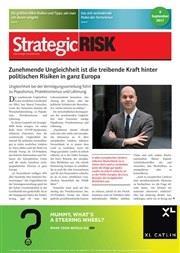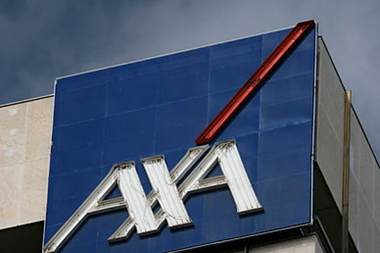Patrick Fiedler, vice president at BASF, speaks to StrategicRISK on the top M&A risks and tips on how to manage them

StrategicRISK (SR): What are the main risks associated with mergers and acquisitions?
Patrick Fiedler (PF): If you want to buy a good target, obviously, the worst thing to happen is that you don’t get it, but someone else does. This seems trivial, but spotting attractive acquisition targets is not easy. The key consideration for getting the target or not is certainly the purchase price, i.e. are you prepared to pay more than others (if there indeed are others, or at least the seller and their investment banks made you believe that there are). However, other parameters like the liability provisions in the Sales and Purchase Agreement can also play a role. So maybe you are happy to pay a high price, but are hesitant to assume certain risks. That is where buy-side M&A insurance can play a certain strategic role to improve your bid beyond just offering a higher price than others.
For sell-side scenarios, the key risk of not finding a buyer is beyond insurance. If you find a buyer, your dream of a clean exit shatters when the buyer comes back with certain claims. Again, a scenario where M&A insurance can make sense.
When it comes to the specific risks, some statistics suggest that topics like annual statements, tax, essential agreements and IP are especially prone to develop into M&A claims. To my mind, this depends a lot on the industry, relevant geographies, target and deal specifics, so I guess these categories are of limited general value.
Maybe more of a general key risk is that something important that could have been detected in the due diligence has been overlooked. The classic key risk is to have too high expectations on the target, business development and synergies. While for the first the additional due diligence undertaken by an insurer for a M&A insurance can be a certain, limited sanity check, for the latter the insurance world offers no remedy.
SR: What role can risk managers play during a merger/acquisition?
PF: Normally, the role of risk managers in M&A is largely restricted to check/provide the chapter on insurance in the data room. However, the much more active and interesting role I see for risk managers is to be much closer to the actual risks involved in transactions, and that includes assessing the use of M&A insurance.
Risk managers have a unique position to include M&A insurance in planned transactions. M&A transactions are typically strictly confidential, so it is easier for an in-house, corporate insurance department to become involved than it would be for external parties like a broker or an insurer. A broker or insurer may simply be involved too late in the process. The role of a risk manager is therefore first of all a coordinating role. They need to promote the pros and cons of M&A insurance towards the right people in the organisation at the right time. They also need to coordinate the work stream to place a M&A insurance that can involve multiple internal and external parties such as specific in-house experts, broker, insurance companies and law firms.
Another role would be the one of a risk architect, helping to determine and discuss what risks the company can assume, what can be transferred to the market via M&A insurance, and for what the seller should remain liable.
Last but not least, in case of claims the risk manager then can have a certain role as case handler.
SR: What difficulties could risk managers face in managing M&A risks?
PF: The first obstacle to take is to be seen in the own organisation not as just the person to check/provide the chapter on insurance in the data room, but to be more closely involved in M&A projects. The next obstacle is that transactions are often managed under a tight time schedule. Adding an additional work stream doesn’t make friends in the own organisation. Last but not least, the actual risk assessment, and what finally would be covered by a M&A insurance, which is not straightforward. The insurance solution will always be only a partial cover, and to understand, communicate and manage expectations in that respect can be a challenge.
SR: What should risk managers be aware of when buying M&A insurance?
PF: I always ask WHY we should use a M&A insurance in a transaction, and to make sure that the content of the M&A insurance provides a good answer to this question.




















No comments yet